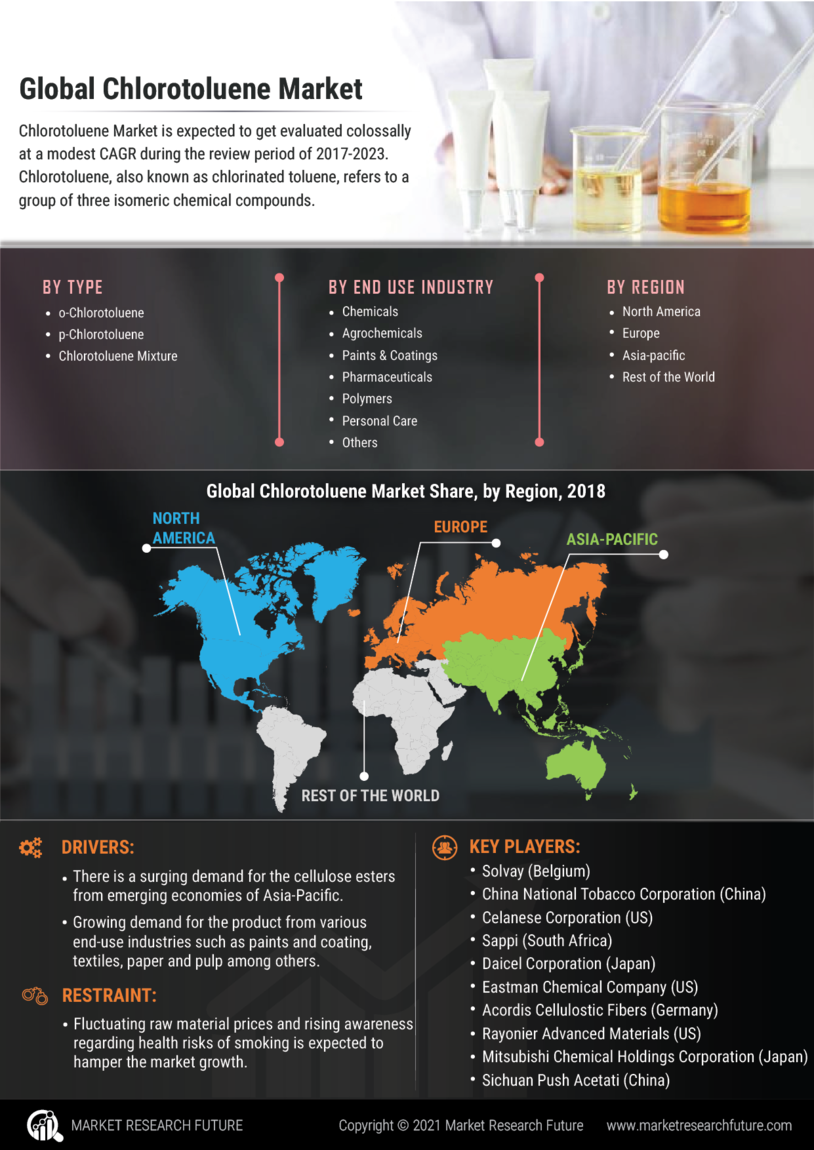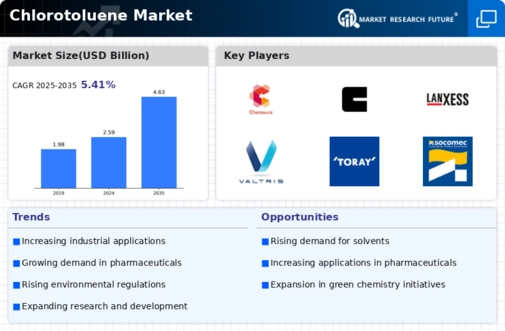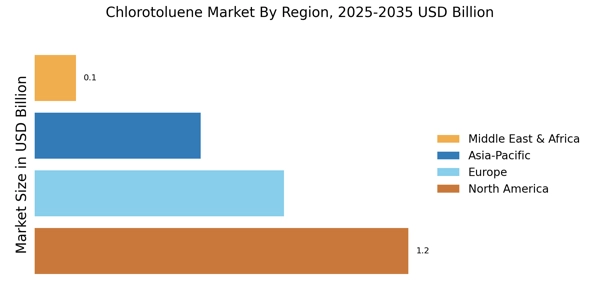Leading market companies are extensively spending R&D on increasing their product lines, which will help the Chlorotoluene Market grow even more. Important market developments include new product releases, contractual agreements, acquisitions and mergers, greater investments, and collaboration with other organizations. The Chlorotoluene industry must produce cost-effective merchandise to flourish and thrive in a more competitive and increasing market climate.
Manufacturing locally to reduce operating costs is an effective business strategy manufacturers use in the worldwide Chlorotoluene industry to serve clients and expand the market sector. The Chlorotoluene industry has provided some of the most important benefits recently. Major players in the Chlorotoluene Market, including Chemours., Clariant, and others, are attempting to increase market demand by investing in research and development operations.
Chemours is a unique chemistry firm inspired by our mission to improve the world through the power of chemistry. We deliver solutions for sectors ranging from automotive, paints, and laminates to sophisticated electronics, construction, energy, and telecommunications, contributing to a more colorful, capable, and cleaner world. Chemours chemistry is essential to our daily lives, enabling almost everything humans touch, including numerous things we use daily. Chemistry is everywhere, from smartphones to more modern electronics, high-speed communications, linked gadgets via the Internet of Things, and more environmentally friendly refrigerants in our homes and automobiles.
In June 2023, Chemours and BASF formed a collaboration to create novel chlorotoluene derivatives for the textile sector. Chemours' competence in chlorotoluene synthesis will be combined with BASF's knowledge in textile chemistry. The collaboration aims to create novel chlorotoluene derivatives that are more soluble, stable, and less hazardous than existing ones.
Clariant adds value to client's businesses by providing creative and sustainable solutions. Their offering is intended to fulfill highly specific demands as precisely as possible. At the same time, our research and development is focused on tackling our period's main trends. These include energy efficiency, renewable raw materials, zero-emission mobility, and resource conservation. Clariant is organized into three divisions: Adsorbents & Additives, Care Chemicals, and Catalysts. In June 2023, Clariant and Merck formed a collaboration to create novel chlorotoluene compounds for the pharmaceutical business. Clariant's experience in chlorotoluene synthesis will be combined with Merck's expertise in pharmaceutical research.
The collaboration aims to create novel chlorotoluene derivatives that are more effective and less harmful than existing ones.
In March 2024 After the Environmental Protection Agency (EPA) conducted an investigation into the way in which a hazardous chemical was handled and stored by a short-line railroad in Arkansas, the railroad was obliged to pay a significant fine. The investigation was performed in response to the findings of the investigation.
The Environmental Protection Agency (EPA) has said that the Arkansas Midland train had 750,000 gallons of the dangerous chemical o-chlorotoluene in 34 train carriages that were left unattended and unprotected for more than two years in Hot Springs along Spring Street. This information was provided by a representative of the EPA. Because of the violation, the government imposed a fine of $910,985 on the railroad as a form of punishment.
According to the authorities, o-chlorotoluene is considered to be a hazardous waste item since it is both flammable and toxic. This classification was made because of the fact that it has both of these characteristics. The officials from the Environmental Protection Agency (EPA) said that after that, the chemicals were moved to a facility that is acceptable for the disposal of certain compounds. There was no evidence of the chemical being exposed to the environment or leaking out, as stated by the authorities that investigated the situation.
According to authorities from the Environmental Protection Agency (EPA), the chemical was discovered by state investigators in Arkansas when they were conducting an inquiry at two different plants. Following the completion of the investigation into the o-chlorotoluene, it was apparently sent to the Environmental Protection Agency (EPA) for further investigation.
Earthea Nance, the Regional Administrator of the Environmental Protection Agency, said that inhabitants of Hot Springs or any other community should not be forced to live with the worry of toxic material that is just feet away from their homes and schools. This is something that should not be the case.


















Leave a Comment